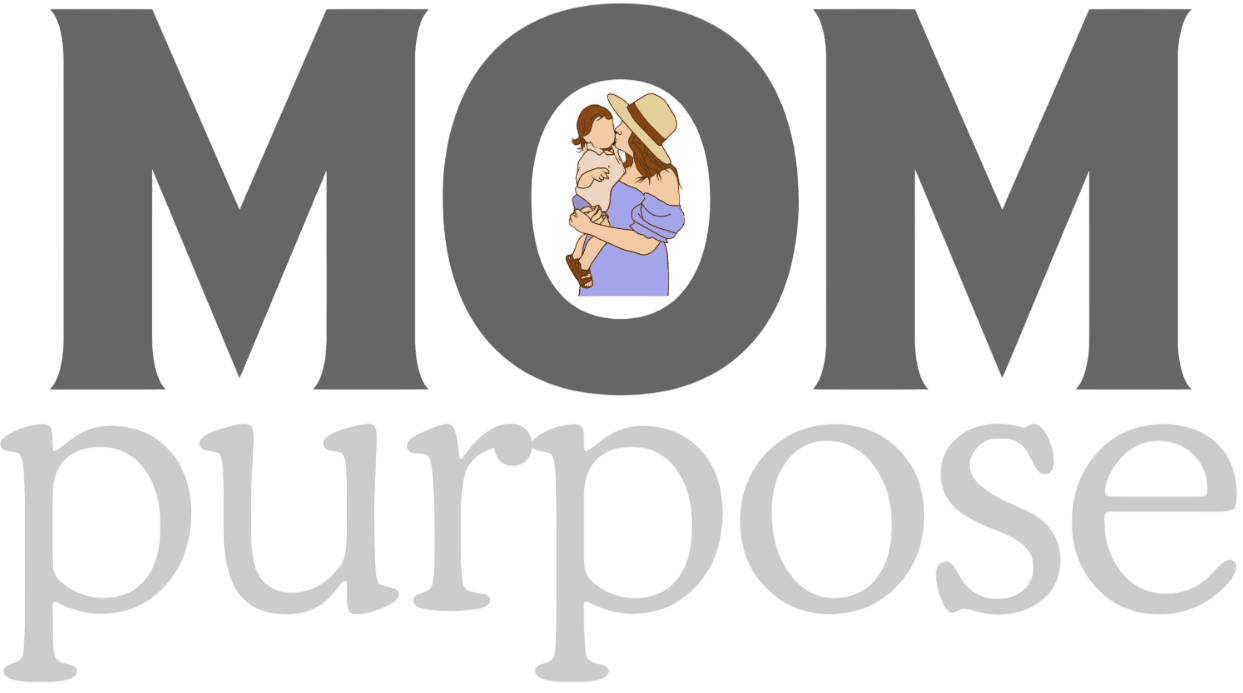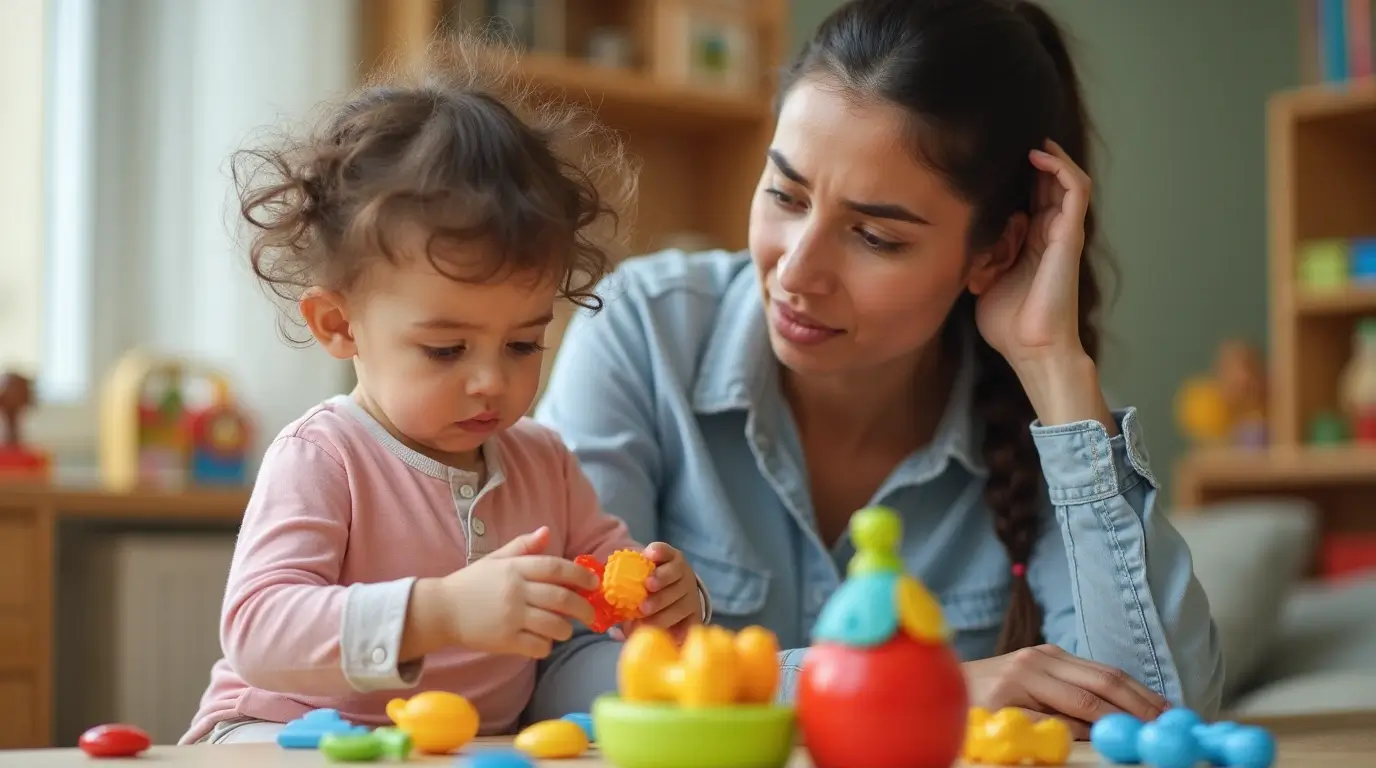Lists of Toys That Are Not Safe for Toddlers
Making sure your toddler’s toys are safe is key. The American Academy of Pediatrics says thousands of kids visit emergency rooms each year because of toy injuries. It’s important to know which toys are not safe for toddlers and choose safe ones for your child.
I want to give my child a safe place to play. That means picking toys that are safe and won’t harm them. Knowing which toys are not good for kids helps us make better choices. In this article, we’ll show you which toys are not safe for toddlers.
Table of Contents
Introduction to Toddler Toy Safety
As a parent, I know how crucial it is to pick safe toys for my child. I’ve gathered some important points to help you choose the right toys for your toddler.
Key Takeaways
- Be aware of lists of toys that are not safe for toddlers to ensure your child’s safety
- Choose toys that are suitable for your child’s age group to prevent toy-related injuries
- Check for safety certifications and labels to ensure the toy meets safety standards
- Supervise your child during playtime to prevent accidents
- Stay informed about unsafe toys for kids to make informed decisions
- Report any unsafe toys to the relevant authorities to prevent harm to other children
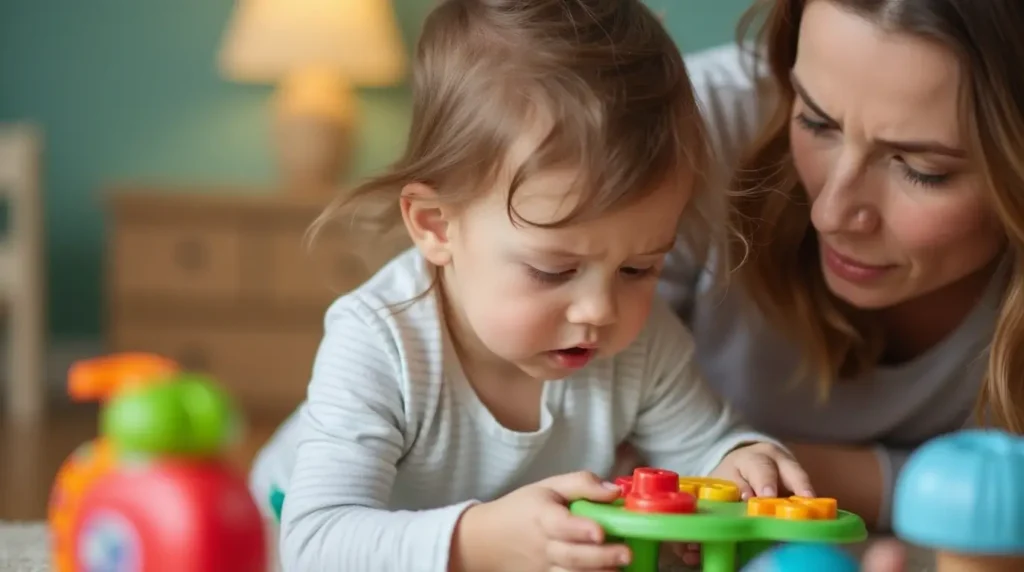
Understanding Toddler Toy Safety Basics
knowing the safety basics for toddler toys is key. The Consumer Product Safety Commission (CPSC) offers guidelines. These include age labels and safety certifications. It’s important to watch out for toys that could be dangerous for young children.
Toys that are not safe for toddlers can be very risky. They can cause choking, strangulation, or exposure to toxic materials. The CPSC suggests looking for safety certifications like ASTM International or the U.S. Consumer Product Safety Commission. Also, always follow the manufacturer’s instructions for toy assembly and use.
Key Safety Factors to Consider
- Age and skill level of the child
- Safety certifications and labels
- Potential choking hazards
- Toxic materials and chemical concerns
Common Safety Certifications and Labels
Look for certifications like ASTM International, the U.S. Consumer Product Safety Commission, and ISO. These ensure the toy is safe for children.
Age-Appropriate Guidelines
Choosing toys that match your child’s age and skill is vital. The CPSC has guidelines for age labeling. By considering these, parents can create a safe and fun play space for their child.
Comprehensive Lists of Toys That Are Not Safe for Toddlers
knowing which toys are not safe for your toddler is crucial. The Consumer Product Safety Commission (CPSC) has a list of recalled toys. It’s a great resource to keep your child safe.
Some toys to avoid include those with small parts, sharp edges, and toxic materials. These hazards can cause accidents. The CPSC’s website has updated lists of dangerous toddler toys.
To spot dangerous toddler toys, follow these tips:
- Check the toy’s label for any warnings or cautions
- Look for small parts or loose attachments that can be a choking hazard
- Avoid toys with sharp edges or points that can cause injury
- Choose toys made from non-toxic materials and follow the manufacturer’s instructions
Being informed and cautious can help keep your toddler safe. Stay updated with the latest lists of toys that are not safe for toddlers. This way, you can ensure your child’s safety.
| Toy Type | Hazard | Precaution |
|---|---|---|
| Toys with small parts | Choking hazard | Supervise child during play |
| Toys with sharp edges | Cut or puncture hazard | Avoid toys with sharp edges |
| Toys made from toxic materials | Toxicity hazard | Choose non-toxic toys |
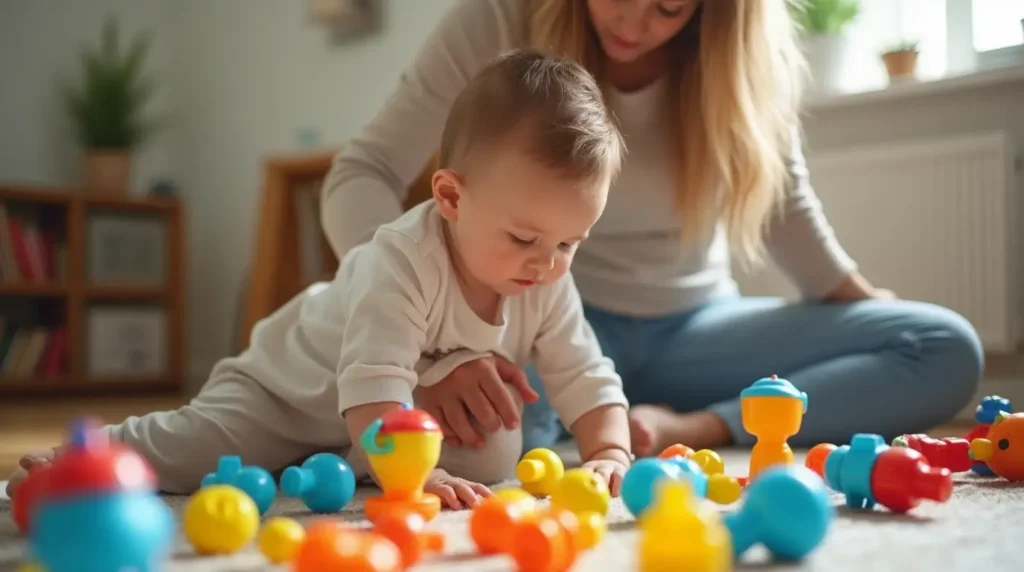
Small Parts and Choking Hazards to Watch For
knowing about small parts and choking hazards in toys is key. The CPSC says these are common causes of toy injuries. Toys with small parts and choking hazards are a big worry for toddlers.
Unsafe toys can be very dangerous. It’s important to check toys carefully before giving them to your child. Some toys have parts that can be easily taken off and pose a choking risk. Also, toys with button batteries are very dangerous because they can be swallowed.
Common Choking Hazards
- Button batteries
- Magnetic toys
- Removable parts and accessories
- Small balls and marbles
To keep your child safe, test the size of toys. Use a choke test tube or a toilet paper roll to check if a toy is too small. By watching out for these hazards and taking steps to avoid them, you can make a safe play area for your child.
| Toy Type | Choking Hazard | Safety Precautions |
|---|---|---|
| Button battery toys | Ingestion of batteries | Secure batteries with tape, use battery compartments |
| Magnetic toys | Swallowing of magnets | Use strong magnets with secure attachments |
| Removable parts toys | Choking on small parts | Regularly inspect toys for loose parts, secure parts with glue |
Toxic Materials and Chemical Concerns
knowing about toxic materials in toys is key. These include lead and phthalates, which can harm your child’s health. The Consumer Product Safety Commission (CPSC) has rules to limit these harmful substances in toys.
When picking toys for toddlers, watch out for toxic materials. Some toys have lead-based paint or plastics with phthalates. It’s important to choose toys that are safe and made from non-toxic materials.
Here are some tips to find safe toys:
- Check the toy’s label for certifications, such as CPSIA or ASTM, which indicate compliance with safety standards.
- Look for toys made from natural materials, such as wood or cotton, which are generally safer than plastics.
- Avoid toys with small parts or batteries, which can be a choking hazard and may contain toxic materials.
Being aware of toxic materials and choosing safe toys helps keep your child safe. Always check the toy’s label and look for safety certifications.
| Toxic Material | Potential Health Risks |
|---|---|
| Lead | Brain damage, developmental delays |
| Phthalates | Reproductive issues, cancer |
Dangerous Design Features to Avoid
knowing about toy hazards is key. Sharp edges and points are big risks. The Consumer Product Safety Commission (CPSC) sets rules to keep kids safe. Toys with dangerous features can harm children.
Here are some common dangers to watch out for:
- Sharp edges and points that can cause cuts or puncture wounds
- Strangulation risks, such as cords or strings that can get tangled around a child’s neck
- Impact hazards, such as heavy or hard toys that can cause injury if they fall on a child
Choosing safe toys is vital. Look for smooth edges, no small parts, and non-toxic materials. This way, you can make playtime safer for your child.
| Toxic Materials | Sharp Edges | Strangulation Risks |
|---|---|---|
| Lead-based paint | Sharp points on toys | Cords or strings |
| Phthalates | Edged toys | Small parts |
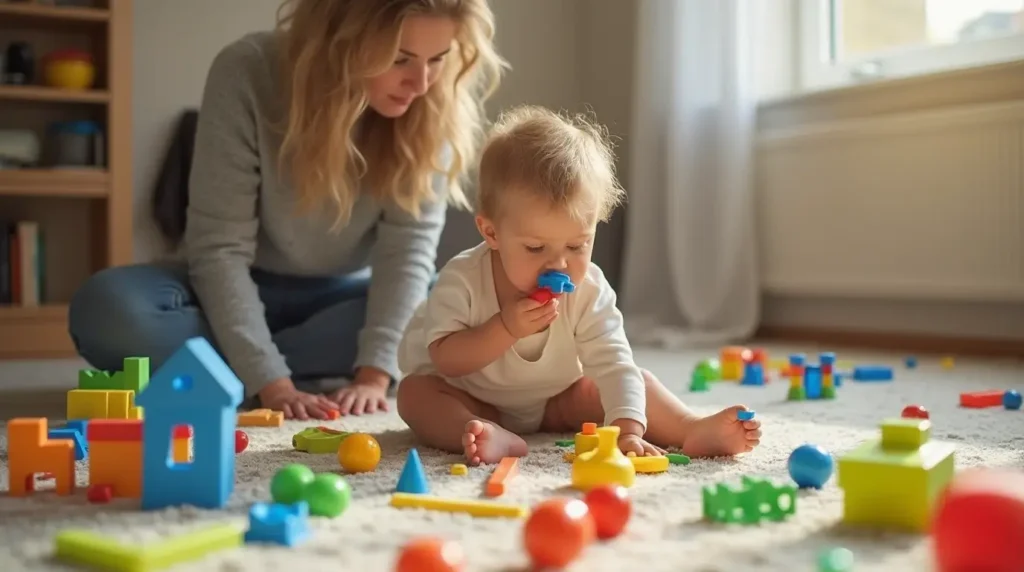
Understanding Recall Notices and Safety Alerts
it’s crucial to keep up with toy recalls and safety alerts. This ensures your child doesn’t play with recalled toys. These toys can be very dangerous for toddlers. To stay in the loop, sign up for email alerts from the Consumer Product Safety Commission (CPSC). They send out updates on recalls and safety alerts regularly.
The CPSC also has a website and mobile app. These tools let parents search for recalled toys and get the latest safety news. Using these resources helps keep your child safe from harmful toys. Here are some important steps to take:
- Regularly check the CPSC website for recall notices
- Sign up for email alerts to get updates on recalls
- Use the CPSC mobile app to find recalled toys
- Report any unsafe toys or concerns to the CPSC
By following these steps and staying informed, you can make a safe play area for your child. This reduces the chance of injury or harm from unsafe toys.
Conclusion: Creating a Safe Play Environment for Your Toddler
keeping my toddler safe is my main goal. This means making sure their play area is safe. By following the tips in this guide, I can make a space where my child can play and learn safely.
It’s important to know about toy safety and what toys are right for my child’s age. I’ll check each toy carefully and watch for any recalls. This way, my child’s playtime will be fun and safe.
Creating a safe play area is key to giving my toddler a great start. With the advice from this article, I can make a space where my child can grow and learn safely.
FAQ Lists of Toys That Are Not Safe for Toddlers
What types of toys are considered unsafe for toddlers?
Toys with small parts, sharp edges, or hazards are not safe for toddlers. This includes items with button batteries, magnetic parts, and detachable accessories. These can cause choking or other safety risks.
How can I identify toys that are not safe for my toddler?
Look for toys with small parts, sharp edges, or removable parts. Avoid those with button batteries or magnetic parts. These can be dangerous if swallowed. Check for safety certifications and age labels to make sure the toy is right for your toddler.
What are the most common safety concerns with toddler toys?
The biggest safety worries with toddler toys are choking hazards from small parts and strangulation risks from cords or strings. There’s also the risk of exposure to toxic materials like lead or phthalates. Sharp edges, points, or impact hazards can cause physical injuries.
How can I stay up-to-date on toy recalls and safety alerts?
Sign up for email alerts from the Consumer Product Safety Commission (CPSC) to get updates on toy recalls and safety alerts. The CPSC website and mobile app also let you search for recalled products and report unsafe toys or products.
What should I do if I suspect a toy is unsafe for my toddler?
If you think a toy is unsafe, stop your child from playing with it right away. Contact the manufacturer or the CPSC to report the issue. Remove the toy from your home to keep your toddler safe.
